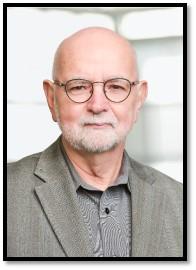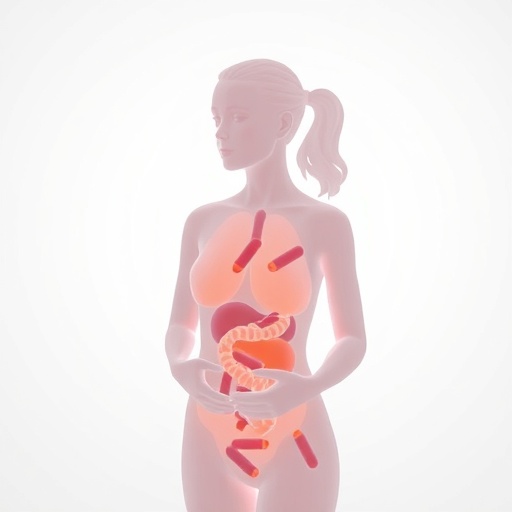Reston, VA (Sunday, June 13, 2021)–Thomas J. Ruth, PhD, FRSC, FSRS, a scientist known for his contributions to nuclear medicine and nuclear chemistry, has been named as this year’s recipient of the Georg Charles de Hevesy Nuclear Pioneer Award. Ruth was presented the award by the Society of Nuclear Medicine and Molecular Imaging (SNMMI) at its 2021 Annual Meeting.
Ruth is recognized for his significant work in nuclear chemistry, specifically the identification and development of radioisotopes for positron emission tomography (PET) imaging, which helped to drive acceptance for the technology. He also played a key role in the development of cyclotron-based technology to produce the medical isotope technetium-99m (99mTc) without the need for a nuclear reactor.
“Dr. Ruth has been a pioneer in radiopharmaceutical sciences for many years,” said SNMMI president Alan Packard, PhD. “He began his career as PET imaging was being introduced, and he has been a leader in the field ever since as he investigated new radioisotopes, determined their optimal applications, and developed new ways to produce them. Many nuclear medicine scientists have benefited from Dr. Ruth’s mentorship over the years, and he has left a legacy that has greatly benefited the field.”
Ruth received his master’s degree in nuclear chemistry from the College of William and Mary in Williamsburg, Virginia, in 1967, followed by his doctorate in nuclear spectroscopy from Clark University in Worcester, Massachusetts in 1973. He began his career in 1976 at Brookhaven Laboratory in Upton, New York, and then moved to TRIUMF in Vancouver, British Columbia, Canada, in 1980. Ruth began his career at TRIUMF as a research scientist and continued to serve in many roles, including director of the University of British Columbia-TRIUMF PET Program, until his retirement in 2012. He currently serves as a senior emeritus research scientist at TRIUMF and the British Columbia Cancer Agency. Ruth is also an adjunct professor in the department of medicine at the University of British Columbia in Vancouver, British Columbia, Canada, and in the department of physics and astronomy at the University of Victoria in Victoria, British Columbia, Canada.
During his career at TRIUMF Ruth oversaw the installation of four PET scanners at the University of British Columbia Hospital, as well as the installation of the TRIUMF-type 13 MeV (TR-13) cyclotron at TRIUMF. His career accomplishments helped secure investments to build TRIUMF’s Institute for Advanced Medical Isotopes–a new facility that will house much of TRIUMF Life Sciences research in the years to come.
“I am honored to receive SNMMI’s Georg Charles de Hevesy Nuclear Medicine Pioneer Award,” said Ruth. “I have had the pleasure to work with so many colleagues who encouraged me, challenged me and worked with me throughout my career. My accomplishments would not have been possible without their support.”
Each year, SNMMI presents the Georg Charles de Hevesy Nuclear Medicine Pioneer Award to an individual for outstanding contributions to the field of nuclear medicine. De Hevesy received the 1943 Nobel Prize in chemistry for his work in determining the absorption, distribution, metabolism and elimination of radioactive compounds in the human body. His work led to the foundation of nuclear medicine as a tool for diagnosis and therapy, and he is considered the father of nuclear medicine. SNMMI has given the de Hevesy Award every year since 1960 to honor groundbreaking work in the field of nuclear medicine.
The list of previous recipients of this award includes numerous Nobel laureates–such as Ernest Lawrence, who built the world’s first cyclotron for the production of radionuclides, and Glenn Seaborg, who discovered more than half a dozen new elements.
###
About the Society of Nuclear Medicine and Molecular Imaging
The Society of Nuclear Medicine and Molecular Imaging (SNMMI) is an international scientific and medical organization dedicated to advancing nuclear medicine and molecular imaging, a vital element of today’s medical practice that adds an additional dimension to diagnosis, changing the way common and devastating diseases are understood and treated and helping provide patients with the best health care possible.
SNMMI’s more than 16,000 members set the standard for molecular imaging and nuclear medicine practice by creating guidelines, sharing information through journals and meetings and leading advocacy on key issues that affect molecular imaging and therapy research and practice. For more information, visit http://www.
Media Contact
Rebecca Maxey
[email protected]
Original Source
http://www.





